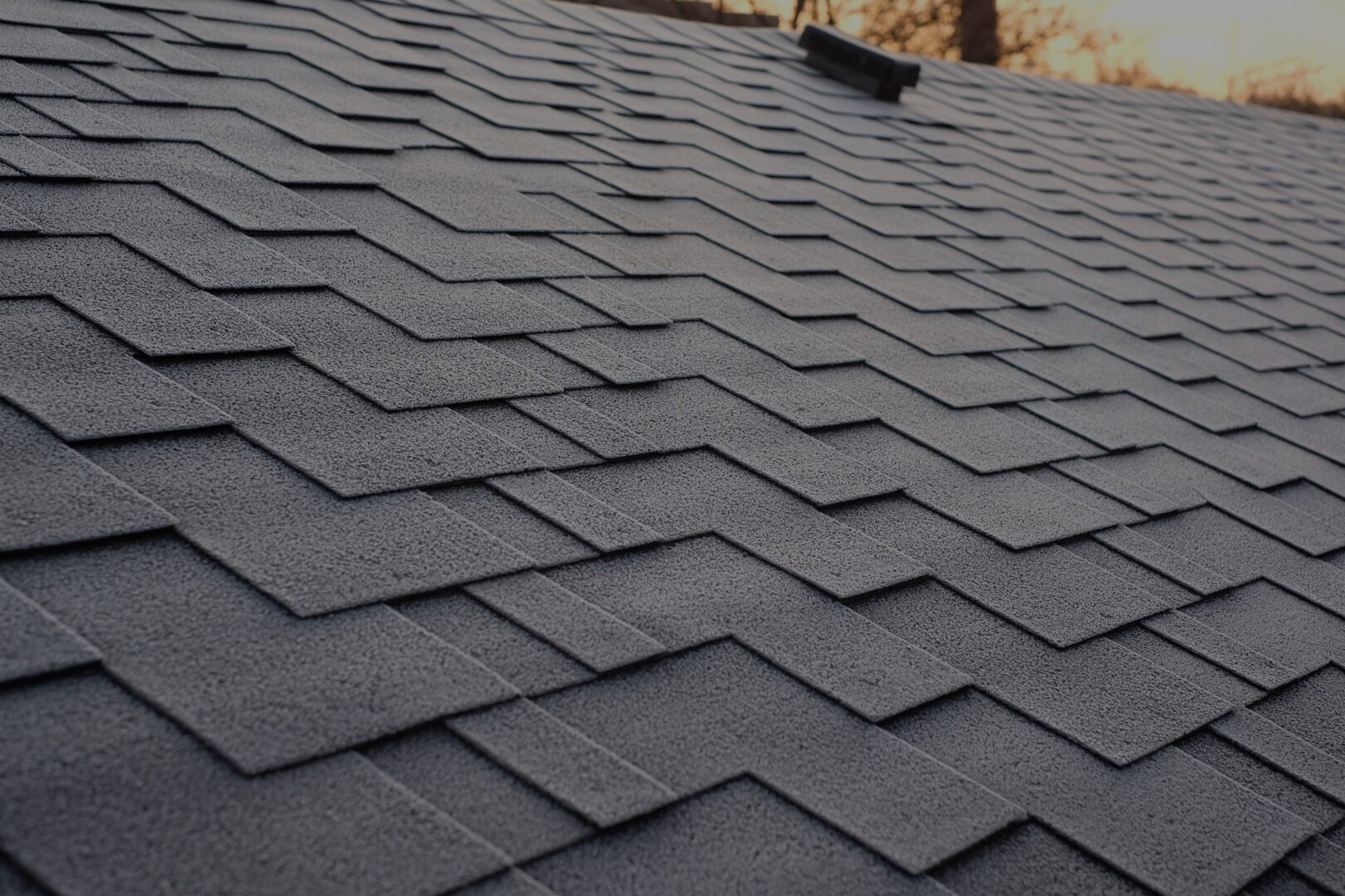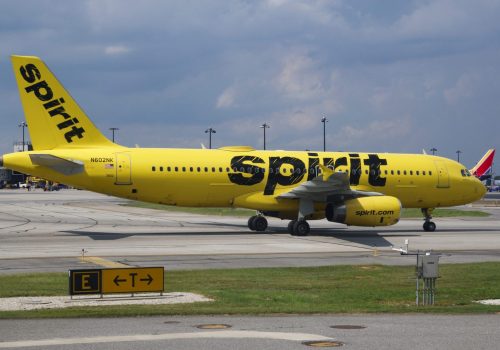
Spray foam insulation runs $1,454 to $4,336 for most homes, averaging $2,886 for a standard project. Your final bill depends on your choice between open-cell or closed-cell foam and the size and layout of your home.
Why do homeowners pick spray foam? It seals your house completely against drafts. This snug barrier keeps temperatures steady inside and often slashes heating and cooling bills by 15–30%. It costs more upfront than fiberglass or cellulose, but lower energy bills often make up the difference within a few years.
This guide covers everything you should know about spray foam before deciding. We break down the real costs, explain the different types, and help you figure out if it’s worth the money for your situation.

Asphalt Roof Installation
In general, you can expect to pay between $6,600 and $19,500 and is the most popular roofing choice for most homeowners.

Metal Roof Installation
In general, you can expect to pay between $8,000 and $20,000 but last more than twice as long as asphalt shingles on average.

Slate Roof Installation
In general, you can expect to pay between $20,000 and $30,000 but can last over 100 years due to it’s superior durability.
How Much Does Spray Foam Insulation Cost?
The exact price of the spray foam brands Natural Polymers, SWD Urethane, and Carlisle Spray Foam Insulation varies, depending on the provided price of the authorized distributors available.
Today’s Homeowner Tip
To get the most accurate price possible, you should visit the local stores or fill up a form for orders through their websites. The pricing may also change, depending on the selected R-value, materials used, the thickness of the spray foam, and the type of spray foam product.
In general, the price of open-cell spray foam products usually costs from about $0.44 to $0.65 per board foot, while closed-cell spray foam products range from $1 to $1.50 per board foot. The spray foam’s layer thickness of foam measures about one inch in a one-square-foot area.
If it’s professionally installed, spray foam insulation usually costs about $1,000 to $4000. It includes the installation fee, labor fee of contractors, and cleanup.
The price may also differ, depending on the cost of spray foam materials by size in square feet. For a spray foam that measures 100 sq. ft, the average cost ranges from $44 to $150, while for 200 sq. ft, it costs about $88 to $300.
For 300 sq. ft, the price ranges from $132 to $450, while for materials measuring 400 sq. ft, it costs about $176 to $600. For 500 sq ft, the cost ranges from $220 to $750. For 1,000 sq. ft, the cost of materials ranges from $440 to $1,500.
What You’ll Pay Based on Home Size
What drives spray foam pricing? The type of foam, size of the job, installation difficulties, and where you live all affect what you’ll pay. This table shows what spray foam typically costs for different-sized projects:
| Home Size | Open-Cell Foam Cost | Closed-Cell Foam Cost |
| 500 sq ft | $750–$1,200 | $1,750–$2,750 |
| 1,000 sq ft | $1,400–$2,400 | $3,500–$5,500 |
| 1,500 sq ft | $2,100–$3,600 | $5,250–$8,250 |
| 2,000 sq ft | $2,800–$4,800 | $7,000–$11,000 |
| 2,500 sq ft | $3,500–$6,000 | $8,750–$13,750 |
Getting professionals to install spray foam in a typical home costs $1,454 to $4,336, with most people paying around $2,886. This price includes everything—materials, labor, equipment, and cleanup. Full-house jobs for bigger homes can hit $10,000 or higher.
For DIY kits, expect to pay:
- Small areas (200–600 sq ft): $300–$700
- Medium areas (600–1,200 sq ft): $700–$1,400
- Large areas (1,200+ sq ft): $1,400–$2,000
Fair warning about DIY: the chemicals need careful handling, and mistakes get expensive fast. Most companies won’t honor warranties if you install it yourself.
What Makes Spray Foam Different?
Spray foam creates an insulation barrier when liquid chemicals react and expand after being sprayed onto surfaces. The foam grows to 30 times its original size, plugging holes and gaps that other insulation misses. Once it hardens, it blocks heat movement and stops air leaks.
You’ll need to choose between:
- Closed-Cell Foam: The heavyweight option. It’s dense, rigid, and filled with tiny sealed bubbles. This type insulates better (R-value: 5–6 per inch) and blocks moisture. It costs more but stands up to tougher conditions.
- Open-Cell Foam: The lighter choice. This less dense foam has partially connected air pockets. It doesn’t insulate quite as well (R-value: 3.5–3.7 per inch) but costs less and dampens sound better than closed-cell.
How Long Spray Foam Insulation Lasts
Once you install it, spray foam keeps working for decades—often 80+ years. Unlike fiberglass that sags or loose-fill that settles, spray foam stays put and keeps performing.
When spray foam isn’t working right, you’ll notice:
- Rooms that feel too hot or cold
- Higher utility bills
- Damp spots in walls or attics
- Gaps where the foam has pulled away
Bad insulation makes your heating and cooling system work overtime, wearing it out faster and costing you more. Good spray foam keeps temperatures even throughout your house and keeps your energy bills predictable.
What Are Different Brands of Spray Foam Insulation?
Here are some of the industry-leading spray foam insulation brands you can take into account for your home improvement project.
Natural Polymers is a manufacturer of innovative and environmentally friendly spray foam insulation products made of bio-based materials, which also have low VOC features. The company offers both open and closed-cell spray foam insulation products.
For closed-cell spray foam, the available options are Natural-Therm 2.0 HFO, Natural-Therm 2.0 IBS PCF (SUMMER), Natural-Therm 2.0 IBW PCF (WINTER), and Natural-Therm 3.0 PCS.
For open-cell spray foam, the available products are Natural- Therm 0.40 “Light”, Natural- Therm 0.50 PCF, Natural- Therm 0.50 IB PCF, and Natural-Therm 1.0 PCF.
SWD Urethane manufactures and supplies a wide range of spray foam, insulation, and other industrial product lines. The company features both closed-cell and open-cell foam.
The available open-cell foam products are Quikshield 108YM – Ultra-Low Density Spray Foam, Quikshield 108 – Low-Density Spray Foam, Quikshield 090 – Appendix X Spray Foam, Quikshield 104EZ – No Mix Spray Foam, and Quikshield 106OG – Open-Cell Spray Foam.
For closed-cell foam, the available products are Quikshield 144 – Low GWP Spray Foam, Quikshield 112 – 2LB Spray Foam, Quikshield 180 – Agricultural Spray Foam, Quikshield 232 – Slab-Jacking Foam, Quikshield 118 – Ultra-Efficient Spray Foam, Quikshield 112XC – Commercial Grade Spray Foam, Quikshield 450 – Class 1 Pour Foam Insulation and Quikshield 252 – High-Performance Tank Foam.
Carlisle Spray Foam Insulation is a manufacturer of spray polyurethane foam systems based in North America, which offers SealTite™ Pro, a spray foam insulation product line that provides thermal protection for residential and commercial areas. The company features both open-cell and closed-cell spray foam.
SealTite Pro’s higher-density spray foam is the available closed-cell foam product, while the available open-cell spray foam is called SealTite Pro’s Open Cell spray foam.
Their other available spray foam insulation products are SealTite Pro OCX, SealTite Pro-One Zero, SealTite Pro No Trim 21, SealTite Pro No Mix, and SealTite Pro High Yield.
When Spray Foam Makes Sense (And When It Doesn’t)
Spray foam is a great insulation alternative if you plan on upgrading your home’s thermal performance and energy efficiency. For most homes, it costs $1,454 to $4,336 with an average of $2,886 for a standard project.
Spray foam works well in some situations but might be overkill in others. It makes the most sense when:
- You’ll stay in your home for 5+ years
- Your house leaks air badly
- You want lower energy bills
- You need to control moisture in damp areas
- You’re building new or doing major renovations
In cold places like Wisconsin or Maine, closed-cell foam often pays off best because it insulates better and blocks moisture. In milder areas like Tennessee, open-cell foam might do fine for less money.

Most people recover their spray foam costs within 3–7 years through lower energy bills. This payback varies with local energy rates, weather, and how bad your old insulation was. While fiberglass costs half as much to install, it rarely performs as well for as long.
If you plan to move soon or need to watch every penny, cheaper insulation might work better for now. For lasting comfort and efficiency, spray foam often justifies its higher price.
Frequently Asked Questions
How long will spray foam insulation last?
Spray foam sticks around for your home’s lifetime—often 80+ years. Unlike other insulation that slumps or shifts over time, spray foam locks permanently to your house’s frame. It won’t sag, settle, or break down under normal conditions. Yes, it costs more than fiberglass upfront, but decades of maintenance-free performance make it a good deal long-term.
Should I try installing spray foam myself?
You can buy DIY kits, but hiring pros almost always works out better. Professionals bring proper equipment, safety gear, and know exactly how to mix and apply the chemicals. Common DIY problems include patchy coverage, missed spots, incorrect mixing, and health risks from chemical exposure. Most manufacturers void warranties on DIY jobs. For something that affects your comfort and energy bills for decades, professional installation usually pays off.
Will spray foam cause health problems?
Once it fully cures, spray foam causes few health issues for most people. During installation, however, the chemicals give off fumes that can irritate breathing and cause allergic reactions. Professionals wear protective gear for good reason. Plan to leave home during installation and stay away 24–48 hours until the foam cures. After curing finishes, the foam becomes stable. If you have asthma or chemical sensitivities, talk with your contractor first about options.
Does spray foam create mold problems?
Properly installed spray foam actually helps prevent mold by blocking air and moisture movement through walls. Closed-cell foam particularly resists water absorption and acts as a moisture barrier. Problems only happen when water gets trapped inside walls before foam application or when poor installation creates condensation points. Good ventilation and professional installation practically eliminate mold risks with spray foam.
How much will I save on energy bills?
Most homes see energy savings of 15–30% after spray foam installation. A homeowner in Chicago might save $450 yearly on heating, while someone in Phoenix might cut cooling costs by similar amounts. Your actual savings depend on your local climate, house construction, previous insulation quality, and energy prices. Beyond direct savings, spray foam reduces strain on your furnace and air conditioner, potentially adding years to their lifespan. The more extreme your local temperatures, the more you’ll likely save.






Leave a Reply